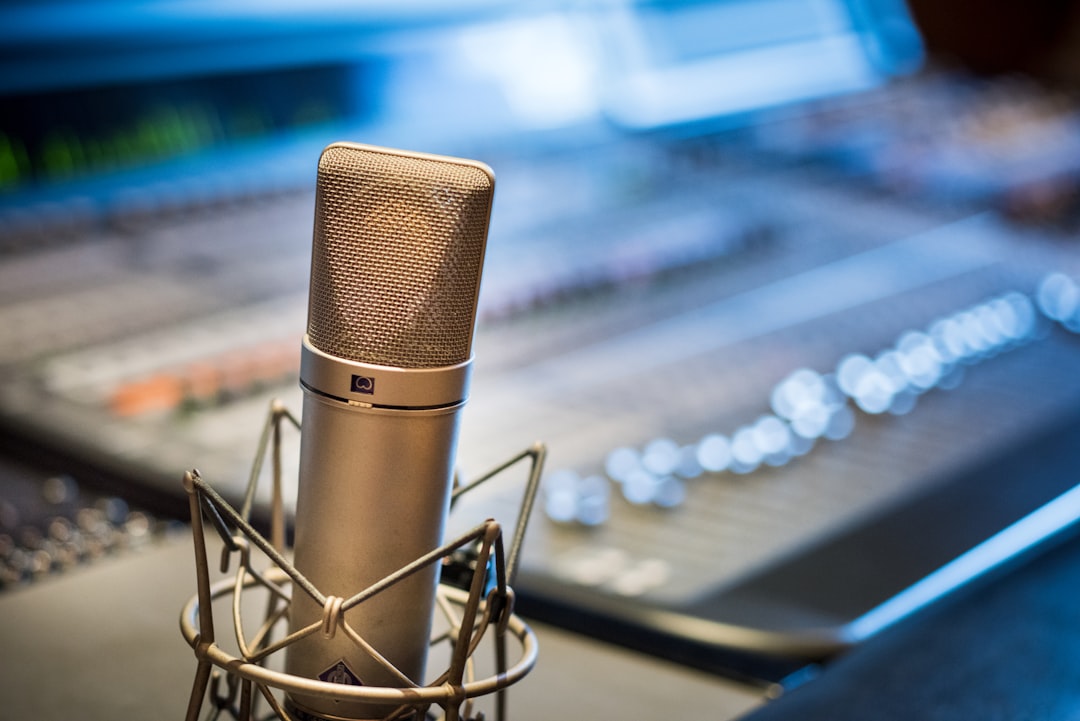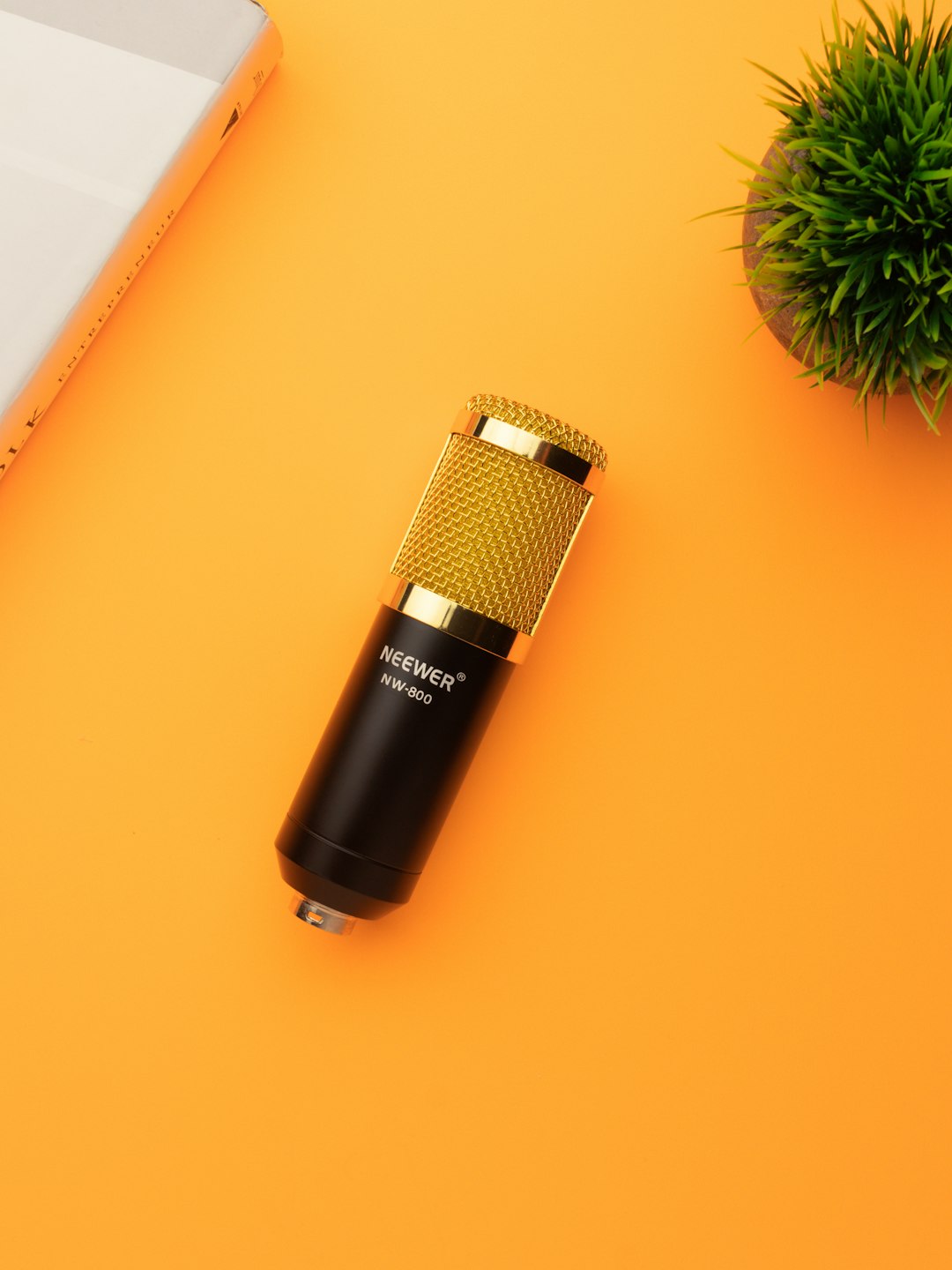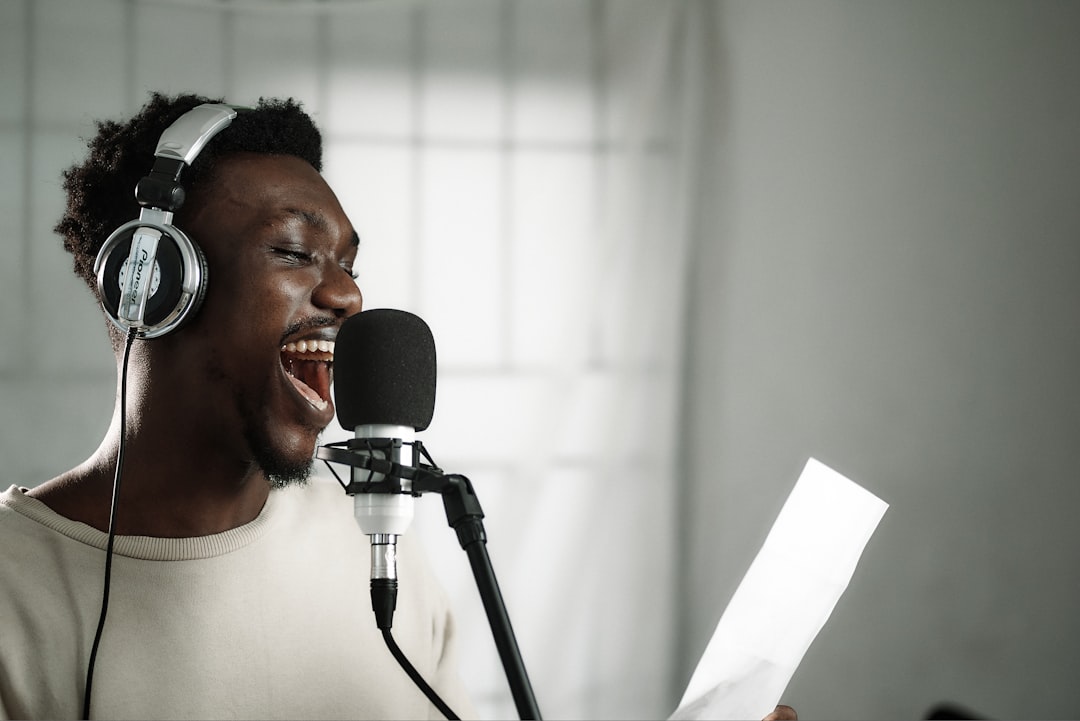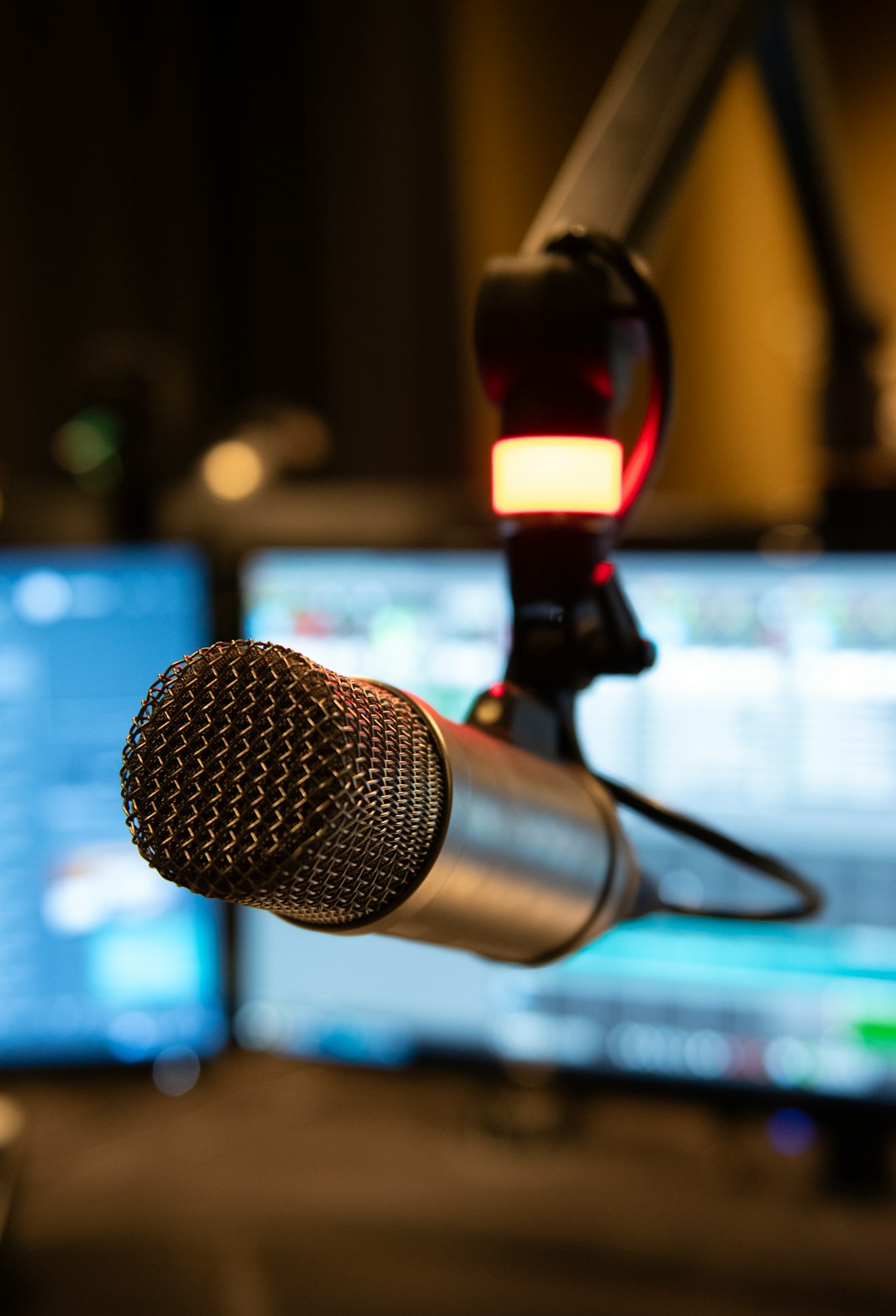When it comes to recording music, having the right equipment is crucial. One of the most important pieces of equipment for any recording studio is the microphone. But with so many options on the market, it can be overwhelming to choose the right one for your needs. In this article, we will explore the basics of studio microphones and help you understand which type of microphone is best for your home studio.
Understanding Studio Microphones
Studio microphones are designed specifically for recording music and vocals in a studio setting. They are different from live performance microphones, as they are built to capture sound with high precision and clarity. Studio microphones come in various shapes and sizes, but they can generally be divided into two main categories: dynamic and condenser.
Dynamic Microphones

Dynamic microphones are the most common type of microphone used in live performances. They are durable, affordable, and can handle high sound pressure levels, making them ideal for recording loud instruments like drums and electric guitars. However, they are not as sensitive as condenser microphones and may not capture the subtle nuances of vocals or acoustic instruments.
Condenser Microphones

Condenser microphones are the preferred choice for recording in a studio setting. They are more sensitive than dynamic microphones and can capture a wider frequency range, making them ideal for recording vocals and acoustic instruments. However, they are more fragile and expensive than dynamic microphones, and they require an external power source, known as phantom power, to operate.
Choosing the Best Microphone for Your Home Studio
When it comes to choosing the best microphone for your home studio, there are a few factors to consider. These include your budget, the type of music you will be recording, and the sound quality you are looking to achieve.
Budget
Microphones can range from a few hundred dollars to thousands of dollars, so it's essential to determine your budget before making a purchase. While it may be tempting to go for the most expensive option, keep in mind that a higher price tag does not always guarantee better sound quality. It's important to do your research and read reviews to find the best microphone within your budget.
Type of Music
The type of music you will be recording also plays a significant role in choosing the right microphone. If you primarily record loud instruments like drums and electric guitars, a dynamic microphone may be the best option. However, if you record vocals or acoustic instruments, a condenser microphone will provide better sound quality.
Sound Quality

Ultimately, the most important factor to consider when choosing a microphone is the sound quality. It's essential to listen to recordings made with different microphones to determine which one produces the sound you are looking for. Keep in mind that different microphones will have different frequency responses, so it's crucial to choose one that complements the sound of your voice or instrument.
Top Microphones for Home Studios
Now that you understand the basics of studio microphones, let's take a look at some of the top options for home studios.
Audio-Technica AT2020
The Audio-Technica AT2020 is a popular choice for home studios due to its affordable price and excellent sound quality. It is a condenser microphone with a cardioid polar pattern, making it ideal for recording vocals and acoustic instruments. It also has a wide frequency response and a high SPL handling, making it suitable for recording loud instruments as well.
Shure SM7B

The Shure SM7B is a dynamic microphone that has become a staple in many recording studios. It is known for its versatility and ability to capture a wide range of sounds. It has a flat, wide-range frequency response and a cardioid polar pattern, making it suitable for recording vocals, drums, and electric guitars. It also has a built-in pop filter, making it a great choice for recording vocals without any additional equipment.
AKG C214
The AKG C214 is a condenser microphone that offers high-quality sound at an affordable price. It has a large diaphragm and a cardioid polar pattern, making it ideal for recording vocals and acoustic instruments. It also has a switchable 20dB attenuation pad, allowing it to handle high sound pressure levels without distortion.
Tips for Using Studio Microphones
Once you have chosen the right microphone for your home studio, there are a few tips to keep in mind to ensure you get the best sound quality possible.
Proper Placement

The placement of your microphone is crucial for capturing the best sound. For vocals, it's best to place the microphone at a 45-degree angle, pointing towards the singer's mouth. For acoustic instruments, experiment with different placements to find the sweet spot that captures the best sound.
Use a Pop Filter
A pop filter is a small screen that is placed in front of the microphone to reduce plosives, or popping sounds, when recording vocals. It is especially important when using a condenser microphone, as they are more sensitive to these sounds.
Experiment with Different Microphones
Don't be afraid to experiment with different microphones to find the best sound for your recordings. Every microphone has a unique sound, and what works for one artist may not work for another. It's essential to find the microphone that complements your voice or instrument.
When it comes to setting up a home studio, choosing the best microphones for home studio is essential for capturing high-quality recordings. The best microphones for a home studio are those that offer excellent sound quality, versatility, and reliability. Condenser microphones are often recommended for their sensitivity and ability to capture the subtle nuances of vocals and acoustic instruments. Some popular options include the Audio-Technica AT2020, Neumann U87, Shure SM58, and Rode NT1. These microphones have proven to be reliable choices for home studio setups, providing professional-level sound reproduction for a variety of recording applications. With the right microphone, you can ensure that your home studio recordings sound professional and polished.
Best Microphones for Home Studios
| Microphone Model | Features | Best Uses |
|---|---|---|
| Audio-Technica AT2020 | Affordable price, excellent sound quality, cardioid polar pattern | Recording vocals, acoustic instruments |
| Shure SM7B | Versatile, wide-range frequency response, built-in pop filter | Recording vocals, drums, electric guitars |
| AKG C214 | Affordable price, large diaphragm, switchable 20dB attenuation pad | Recording vocals, acoustic instruments |
| Neumann U87 | Premium sound quality, versatile polar patterns, low self-noise | Professional studio recordings, vocals |
| Rode NT1 | Low self-noise, wide dynamic range, high SPL handling | Recording vocals, acoustic instruments |
This comparison table highlights some of the best microphones for home studios. The table includes key features and best uses for each microphone, providing readers with a quick and convenient way to compare the options and choose the microphone that suits their recording needs.
In Conclusion
Studio microphones are an essential tool for any recording studio. By understanding the different types of microphones and considering factors like budget, type of music, and sound quality, you can choose the best microphone for your home studio. Remember to experiment with different microphones and follow these tips for using them to achieve the best sound possible. With the right microphone, you can take your recordings to the next level and create professional-quality music.
FAQ Section
1. What are studio microphones?
Studio microphones are audio recording devices that are specifically designed for use in recording studios. They are used to capture sound and convert it into an electrical signal that can be recorded and manipulated.
2. What are the different types of studio microphones?
There are several types of studio microphones, including condenser microphones, dynamic microphones, ribbon microphones, and tube microphones. Each type has its own unique characteristics and is suitable for different recording situations.
3. What is the difference between condenser microphones and dynamic microphones?
Condenser microphones are known for their sensitivity and ability to capture a wide range of frequencies. They require external power (phantom power) to operate and are often used for recording vocals and acoustic instruments. Dynamic microphones, on the other hand, are more rugged and can handle high sound pressure levels. They are commonly used for live performances and recording louder sources like drums and electric guitars.
4. What should I consider when choosing a studio microphone?
When choosing a studio microphone, you should consider factors such as your budget, the type of music you will be recording, and the desired sound quality. It's also important to consider the specific features of each microphone, such as its polar pattern, frequency response, and self-noise level.
5. What are some of the best microphones for a home studio?
Some popular microphones for home studios include the Audio-Technica AT2020, Neumann U87, Shure SM58, and Rode NT1. These microphones offer excellent sound quality and are suitable for a wide range of recording applications.
6. How do I use a studio microphone properly?
To use a studio microphone properly, make sure to position it correctly in relation to the sound source. Experiment with different microphone placements and angles to find the best position for capturing the desired sound. It's also important to use proper microphone technique, such as avoiding plosives (harsh "P" and "B" sounds) and maintaining a consistent distance from the microphone.
7. How can I achieve the best sound quality with a studio microphone?
To achieve the best sound quality with a studio microphone, consider using acoustic treatment in your recording space to minimize unwanted reflections and echo. Experiment with different microphone placements and settings to find the optimal sound.
Read More
Impact of Studio Microphones on Music Production
Best Condenser Microphone for Home Studio Recording
Best Dynamic Microphone for Home Studio Recording
The Magic of Cardioid Microphones to Enhance Sound Experience

